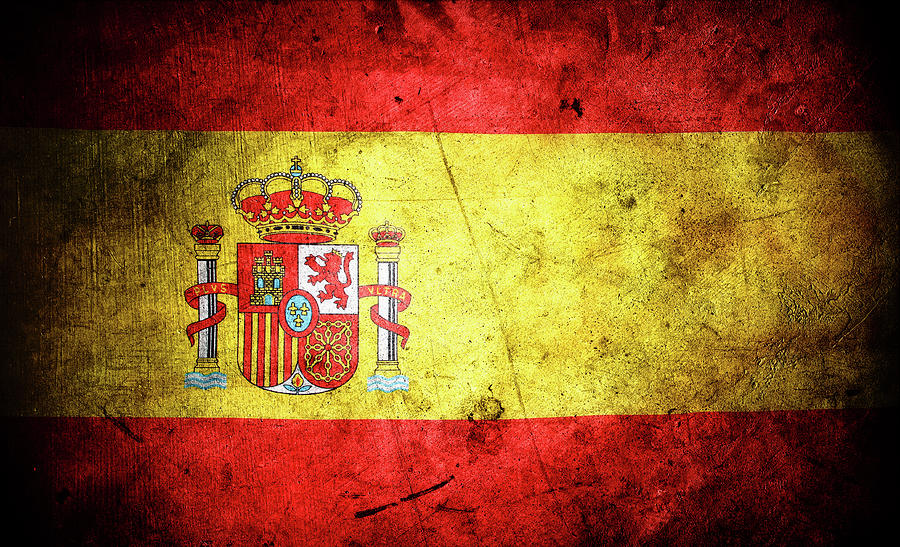
I took the History of Spain in the first semester of my Sophomore year. This course was taught by Dr. William Holiday and was an enhanced course. This was one of the first in-person classes I took following COVID-19 and it was a real privilege to be able to experience this class in-person despite the restrictions that were in place.
The goal of this class was to survey Spanish history from the Roman era up to the Spanish Civil War era, which ended in the 1970s. One focuses of the class was not only the basic history occurring in Spain at any given point but also how their culture evolved over time. To accomplish this, extra emphasis was put on the development of major cultural institutions, such as the Catholic Church, as well as how Spanish art evolved over time. To accomplish this, Dr. Holliday had each student complete an “art brief” that included a power-point presentation about a given work of art or architecture, a five-hundred-word abstract, and an oral presentation. All of the art briefs were compiled and comprised what we called the “art encyclopedia;” we referenced this encyclopedia throughout the semester to continually analyze and evaluate how art reflected Spanish society.
Attached is the PowerPoint presentation from my art brief.
Throughout the semester, I worked with Dr. Holliday to do independent research in replacement of the culture & biography videos that were made by the remainder of the class. Instead, Dr. Holliday and I delved deep into Catalonian history that included writing a semester-long research paper and video presentation. The topic we studied was Catalonian identity as expressed through architecture. Catalonia has a long and tumultuous history that is reflected in its architecture. Throughout much and the nineteenth and twentieth centuries, Catalan architecture changed rapidly and repeatedly to reflect a certain aspect of Catalan society. As changes occurred in Catalan society, such as their incorporation into the Spanish monarchy or the Spanish Civil War, all change and affect how Catalonia architects designed their buildings. The goal of these architects was also consistent, though: make Catalonia unique. The result is very unique and stylized architectural styles, such as Modernisme. Attached is the research paper I wrote in conjunction with Dr. Holliday.
 Loading…
Loading…